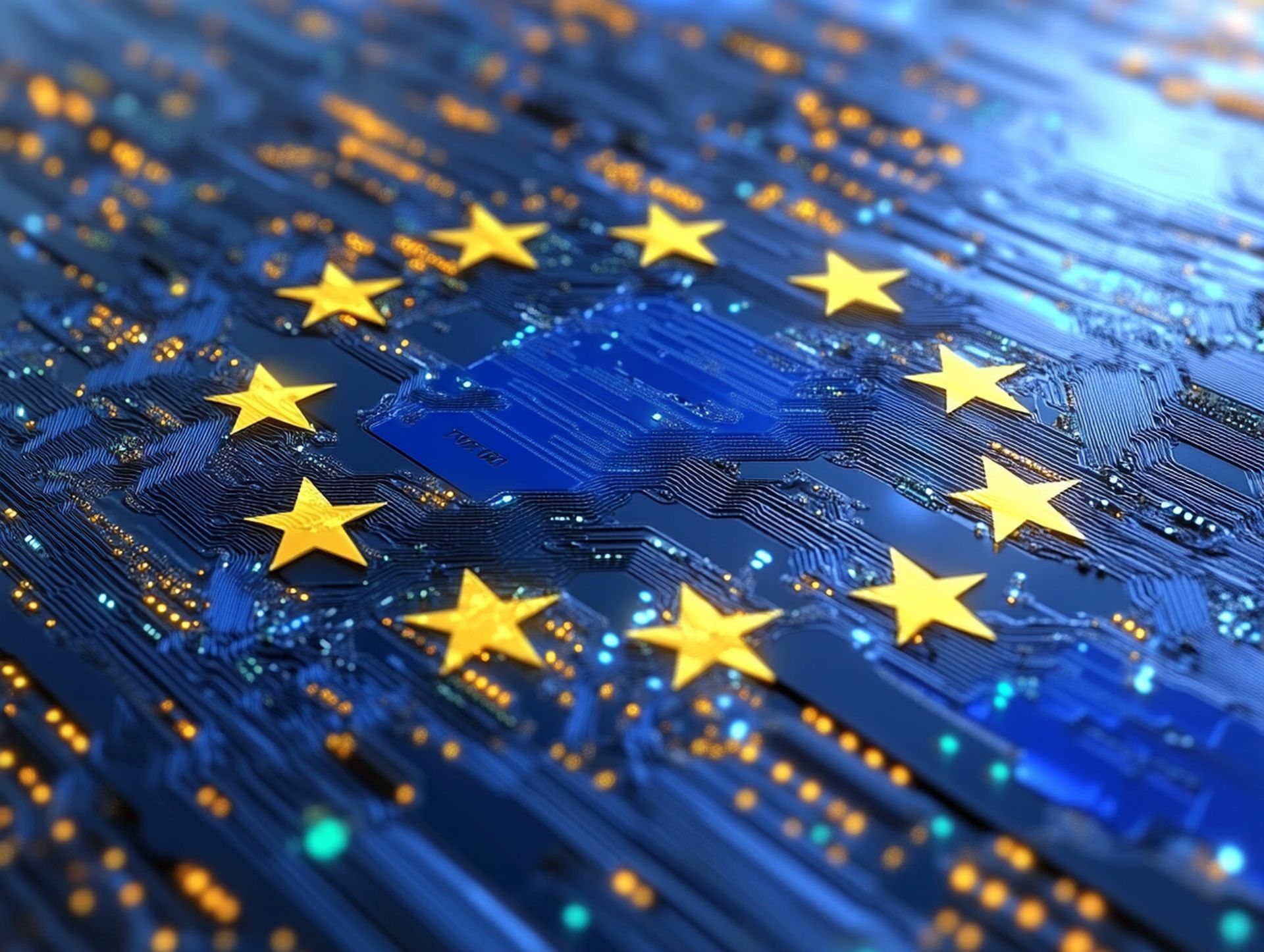Can gamification have a role in your digital transformation?
28 Tem 2022
4 dk okuma süresi
Gamification is more than simply incorporating AI or video into apps or providing badges and rewards. Explore how behavioral psychology can inspire, engage, and support the education processes of employees.
CIOs can include gamification in enterprise apps to engage and incentivize consumers and end users who are already accustomed to using digital technology.
But until app developers have a thorough grasp of what makes an audience react, even the greatest new technology won't produce the desired outcome.
Enterprise gamification has never only meant including a video in your application or developing a point-and-badge-based rewards system, which can rapidly become tedious for the intended audience. A successful app will include progressive learning to produce the desired outcome.
According to Gartner, businesses began gamifying their apps around the end of the 2000s, although growth peaked around 2014. The gamification market was estimated to be worth $9.9 billion in 2020 by the Indian company Allied Market Research, but it was predicted that it would grow to $95.5 billion by 2030.
These days, you can find these apps in many settings, including HR, customer relations, marketing, health, and wellness.
What is gamification?
Gamification is a systematic effort to improve activities, services, organizations, and systems by imitating video game experiences to engage and encourage users.
Gamification should serve business objectives
Gamification is a serious endeavor with a serious objective, but "gamifying" is a misleading term. A gamified software needs to specify a business outcome, provide a mechanism to gauge performance, identify an audience, and comprehend what drives those users to succeed, just like any new program.
The model used by architects must facilitate user learning. Should the game, for instance, be cooperative or competitive? Is the game multiplayer? Is it a campaign that never ends, or does it have a goal? Each user ought to be on a quest to advance their knowledge or, on a grander scale, to alter corporate culture. The application's goal is to inspire users to accomplish some of their own goals, some of which should coincide with business objectives.
It's challenging to get it perfect since architects are fusing behavioral psychology with app design. We must plan to experiment, test, and refine over time. To get a full rollout with an improved gamified solution, start with a small pilot, evolve it, and expand that group.
How are gamification projects designed?
Enterprise architects and CIOs have an impact on application development. However, it's unclear where or how much influence there is in the age of DevOps, which might hamper implementation as the DevOps team may not always report to top IT leadership. Additionally, it explains why effective teamwork and communication are essential.
Applications are developed with the help of enterprise architects and CIOs. However, given that the DevOps team may not always answer to the top IT leadership, it is unclear how much influence they have, making implementation more difficult. Collaboration and teamwork must be prioritized because of this as well. Product managers directly determine the target end users, objectives, priorities, and story-level requirements of the DevOps team.
Therein lies a relationship since most product managers want a say in the build, even though they cannot prescribe or command how the team completes its tasks. By using acceptance criteria, they can occasionally do it, but it also calls for teamwork and cooperation.
In addition, architects want to direct priorities toward retiring legacy programs, creating reusable components, and decreasing tech debt. This is done by exerting influence over the team and the product manager. While standards can serve to provide the app boundaries, architect-level enforcement occurs through persuasion.
The agile team should ideally have an architect assigned, but most companies have more teams than architects. There is also a need to exert influence. Not just gamified apps are affected by this; all apps are.
How is gamification used in modern business?
Although most businesses employ gamification software that can interact with one of their platforms, many gamified apps are created in-house. The research firm Gartner employs a game-based application to assist its staff in avoiding clicking on phishing emails. Employees get an email requesting information. The employee receives praise if they report the email as a phishing attempt. If an employee misses the hidden catch, the system flags them for additional training.
Gamification also benefits BioNTech, the pharmaceutical company that played a major role in defeating the COVID-19 epidemic. Managers discovered that employees of their sales team kept leaving—not because the pay wasn't competitive, but because they felt trapped. Through gamified software, the organization wanted to demonstrate to staff members the special new talents they had acquired through their work.
Other well-known companies that have used business gamification include Nike, Khan Academy, and Quirky. While promoting its brand, Nike utilizes badges and medals to track runners' progress; Khan Academy provides a knowledge map that illustrates skill growth, and Quirky has more than a million entrepreneurs who submit product ideas. The community can affect a product's design and appearance by voting for the best suggestions.
İlgili Postlar
Technical Support
444 5 INV
444 5 468
info@innova.com.tr









